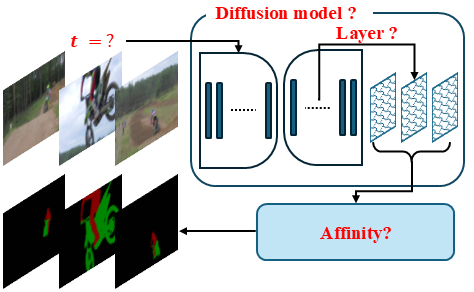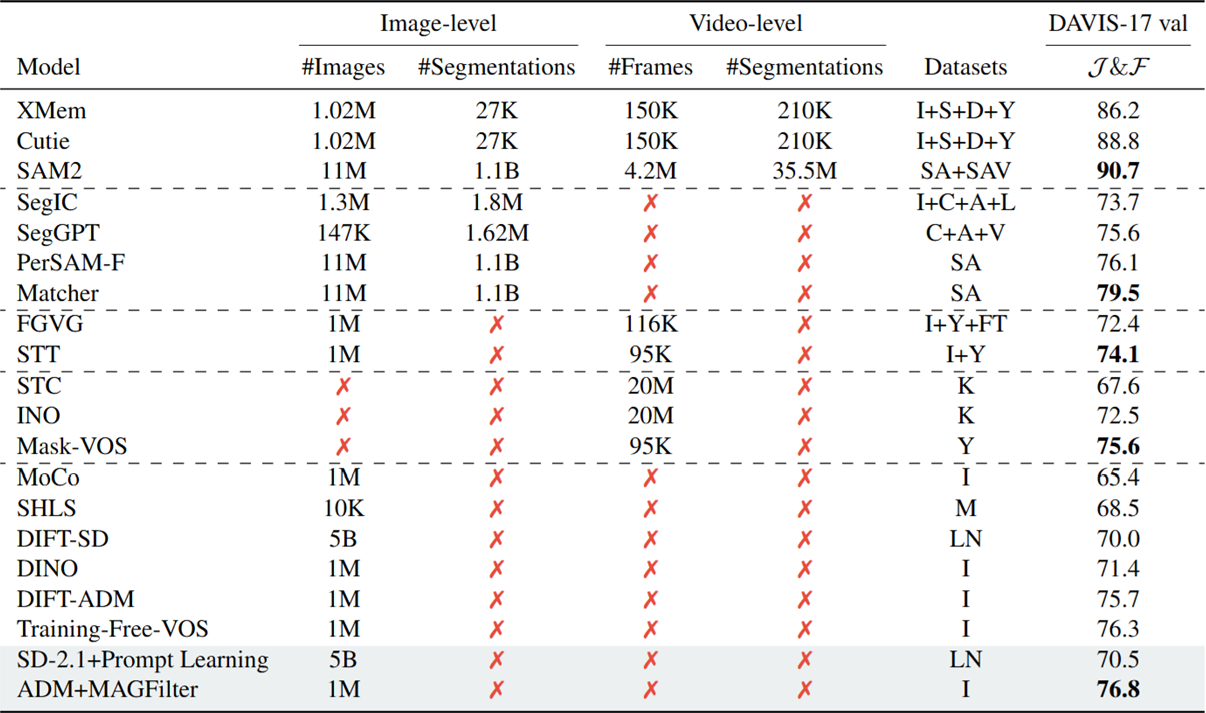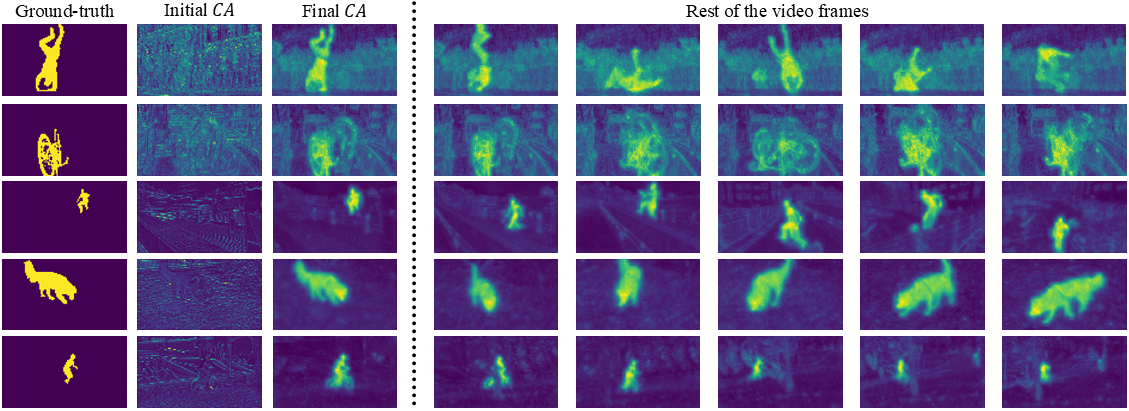


@article{delatolas2025studying,
title={Studying Image Diffusion Features for Zero-Shot Video Object Segmentation},
author={Delatolas, Thanos and Kalogeiton, Vicky and Papadopoulos, Dim P},
journal={arXiv preprint arXiv:2504.05468},
year={2025}
}